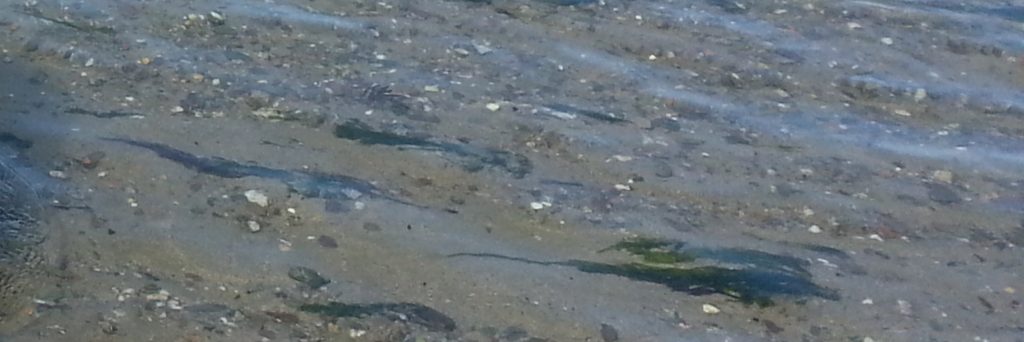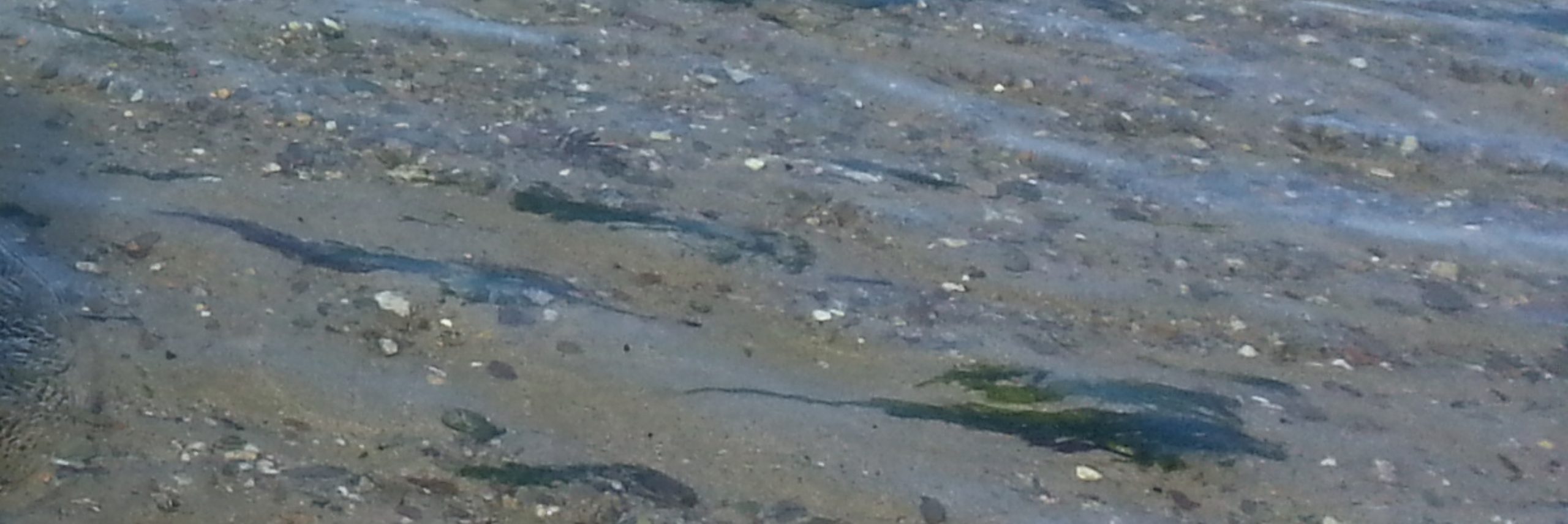
The many facets of Taixi (KI3)
Recently I was alerted by a tweet to a paper1 on the ‘heterogeneous effect of Taixi (KI3)’ showing that fMRI responses to needling this acupoint in healthy volunteers were different in older and younger age groups.
I don’t find this surprising. One of the key findings reported in our earlier publications2 was heterogeneity in all aspects of the studies, and KI3 was no exception. It was a commonly used acupoint in the treatment of Plantar Heel Pain syndrome (PHP, aka plantar fasciitis or heel spur syndrome). Although we were looking only at the treatment of this single condition a variety of different reasons were given for choosing KI3. Which of the following list, do you think?
· Evidence in journal
· Textbook recommendation
· Analgesic point
· Proximity of point to affected area
· Point on local meridian
· Expel Wind
· Clear Heat
· Dispel Cold
· Circulate Blood
· Move stagnant Qi
· Tonify deficient Qi
· Anchors Qi
· Replenish KI Yin
· Tonify KI Yang
· The Eight Principles
· No reason
· All of the above
· None of the above
Congratulations if you chose ‘All of the above’; this is indeed what we found.
While, on the face of it, using KI3 in the treatment of PHP may appear simple, it is seen to be far from it when you stand back and take a broader view. The complexity is compounded when you take into account:
· the variety of stimulus methods used (needling, electroacupuncture, TENS, moxa, laser, magnet)
· the other points used together with KI3 and
· the rationales underpinning those choices.
You might think all this heterogeneity reflects a bespoke approach to a lot of different patients and this is partly true; however, in about ¾ of the studies the approach was prescribed in advance, with no concession to the individuality of the subjects in the trials. Therefore the heterogeneity is inherent in the models in use, not just in the patients.
Does this matter? From the point of view of a postmodern practitioner using a bespoke, exploratory approach (as I described in Section 3 of my book) the answer is no. But many researchers seem to start from the assumption of homogeneity; some even make it explicit: “heel pain of plantar fasciitis is a homogenous pathological condition characterized by local inflammation”.3 Yet, clearly, this assumption is not supported by the evidence. My concern is that it is continuing to undermine the research effort.
The problem is that the heterogeneity is hidden. Researchers searching for a simple ‘truth’ design their studies to reduce it as much as possible, by means of inclusion and exclusion criteria and statistical generalisations. Then others come along and generalise further with systematic reviews and even meta-analyses.4 The ‘truths’ thus constructed are then enshrined in official guidelines for evidence-based practice, as if they are uniformly relevant to real patients.
The paper by He et al is a reminder that we should adopt these guidelines with caution. It alerts us to the existence of variants, even in the healthy population; I have proposed that the population of PHP patients is probably divided along several dimensions (e.g. age, duration of complaint, internal v external aetiology, etc). This has significant implications for practice and I have made recommendations for research to explore this. I will come back to that point in a future blog.
Meanwhile the recent study leaves us with more questions than answers:
· How would patients with PHP compare to normal, in fMRI scans?
· Would different subgroups emerge?
· What differences would be seen in fMRI responses to other interventions at KI3 (laser, moxa, etc)?
· What differences would be seen in fMRI if other points were stimulated together with KI3?
References
1. He L, Chen G, Zheng R, et al. Heterogeneous Acupuncture Effects of Taixi (KI3) on Functional Connectivity in Healthy Youth and Elder: A Functional MRI Study Using Regional Homogeneity and Large-Scale Functional Connectivity Analysis. Neural Plasticity 2020; 2020: 8884318. DOI: 10.1155/2020/8884318.
2. Clark MT, Clark RJ, Toohey S, et al. Rationales and treatment approaches underpinning the use of acupuncture and related techniques for plantar heel pain: a critical interpretive synthesis. Acupunct Med 2017; 35: 9-16. DOI: 10.1136/acupmed-2015-011042.
3. Zhang SP, Yip TP and Li QS. Acupuncture Treatment for Plantar Fasciitis: A Randomized Controlled Trial with Six Months Follow-up. Evid Based Complement Alternat Med 2009; 23: 23. DOI: 10.1093/ecam/nep186.
4. He C and Ma H. Effectiveness of trigger point dry needling for plantar heel pain: a meta-analysis of seven randomized controlled trials. Journal of pain research 2017; 10: 1933-1942. 2017/09/02. DOI: 10.2147/jpr.s41607.
